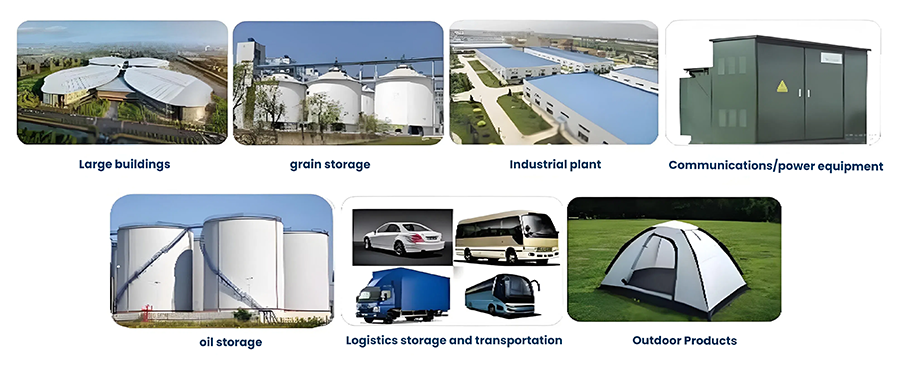Copyright © Shenzhen Yuanjingang New Materials Co., Ltd. All Rights Reserved. Site Map
- 0086-400-9207007
- info@yuanjingang.com
- No. 17, Jinshaling Industrial Park, Weihai City, Shandong Province

Principle of Radiant Cooling Technology
Radiative cooling reduces temperature without consuming any energy. The principle is shown in the figure. By emitting heat away from the Earth via 8-13μm infrared waves and reflecting most of the solar radiation, the amount of heat dissipated is greater than the amount of heat received, and the cooling power is greater than zero, thus achieving cooling.
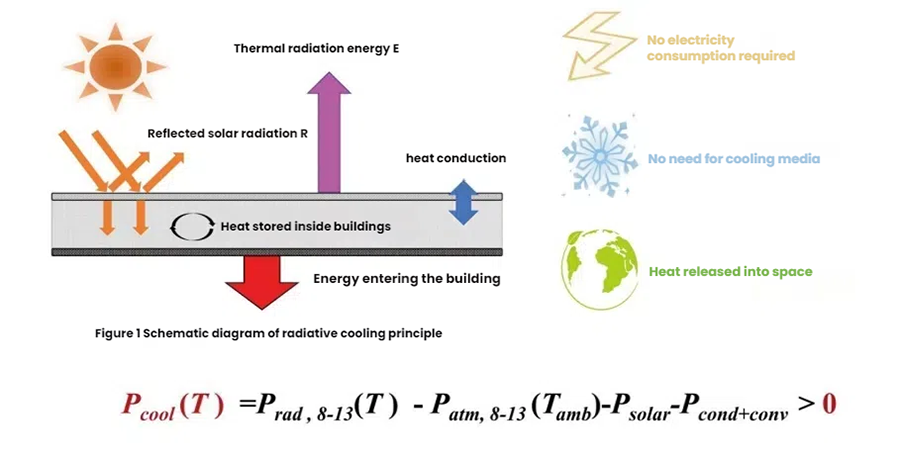
Radiative cooling coatings combine high reflectivity and high radiation to significantly cool surfaces. The figure below shows the surface temperature change after radiative cooling coating is applied.

Radiant cooling coating products
Radiative cooling and cooling coatings are all composite structures mainly made of water-based inorganic ceramics. They have the advantages of being green and environmentally friendly, resistant to UV aging, highly flame retardant, low cost, and having a wide range of applications. They can be widely used in power communication cabinets, large building surfaces and roofs, oil storage tanks, grain warehouses and other fields, providing users with a long-lasting zero-energy cooling and energy-saving experience.
In response to the needs of different fields, radiant cooling coatings are tailored to customer needs and have created a series of products:
Ordinary water-based radiant cooling coatings, super-amphiphobic radiant cooling coatings, colored radiant cooling coatings, radiant cooling films and other series.
All series of products can be used in agriculture, construction, communications electronics, light industry and other fields.
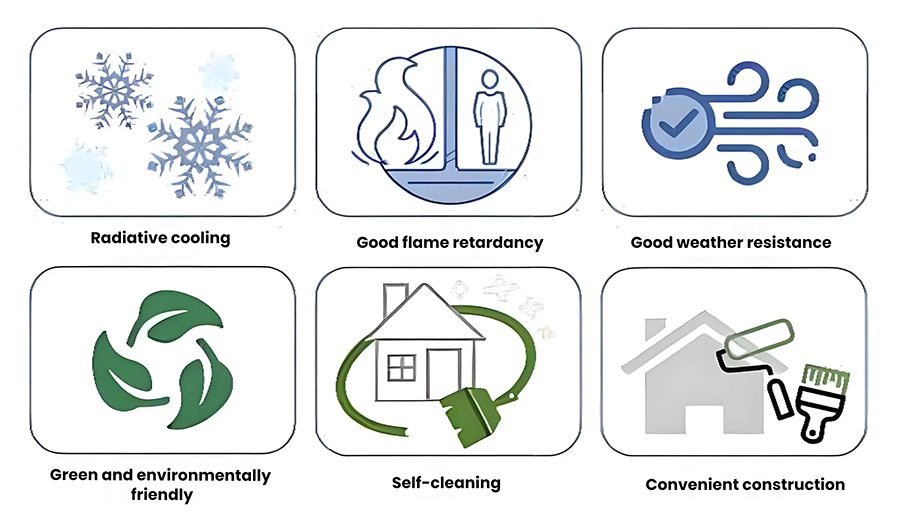
Water-based radiant cooling coatings
Water-based radiant cooling coatings are comparable to conventional coatings, complying with VOC emissions regulations, ensuring environmental friendliness, and facilitating large-scale application. They can be applied to various surfaces using common methods such as roller coating, brushing, and spraying. Applications can be categorized into agriculture, electronics and communications, construction, and light industry. We have further differentiated different types of coatings to meet diverse customer needs, providing a comprehensive, zero-energy cooling experience.
Super-amphiphobic radiative cooling coating
Super-amphiphobic radiation cooling coating is a composite structure mainly composed of water-based inorganic ceramics. Its surface is hydrophobic and oleophobic. This surface makes the coating have radiation
While providing both radiant cooling and self-cleaning capabilities, it effectively prevents the deposition of dust, moisture, rain-soaked mud, oil, and other stains on the coating surface, significantly reducing maintenance and operating costs for equipment and walls in harsh conditions. It is environmentally friendly, acid- and alkali-resistant, and widely applicable, making it suitable for a wide range of applications, including power and telecommunications cabinets, large building surfaces and roofs, oil storage tanks, and grain depots.
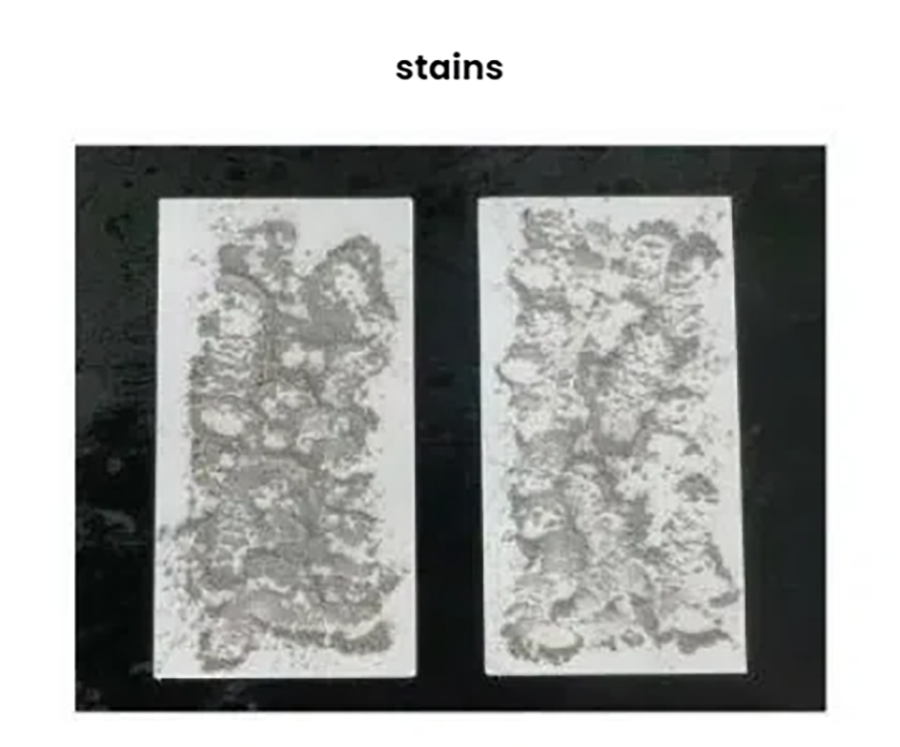
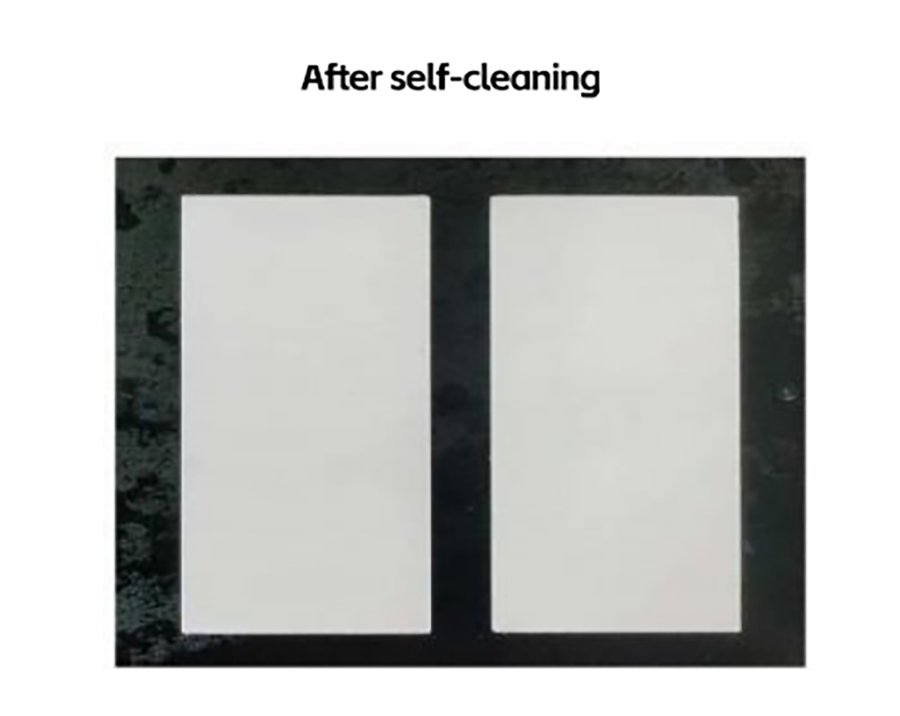
Other radiative cooling technologies
Colored radiant cooling paint: While achieving cooling effects, it also meets the aesthetic and special color requirements of buildings and living environments.
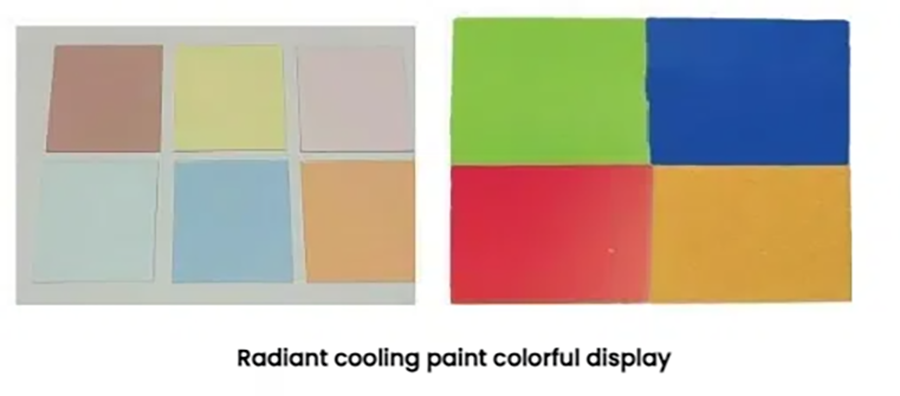
Radiative cooling film: innovatively applies radiative cooling technology to the surface of flexible materials, suitable for metals, cement and other materials.
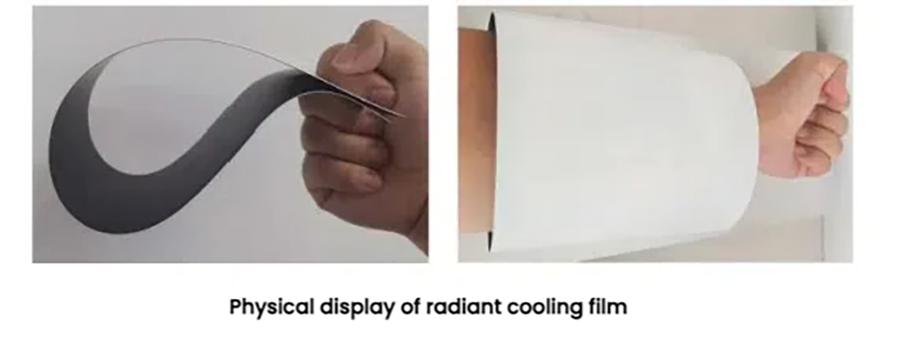
Multi-field applications
Radiant cooling coating products are widely used in factory buildings, grain storage cabinets, communication and power equipment and other fields.
